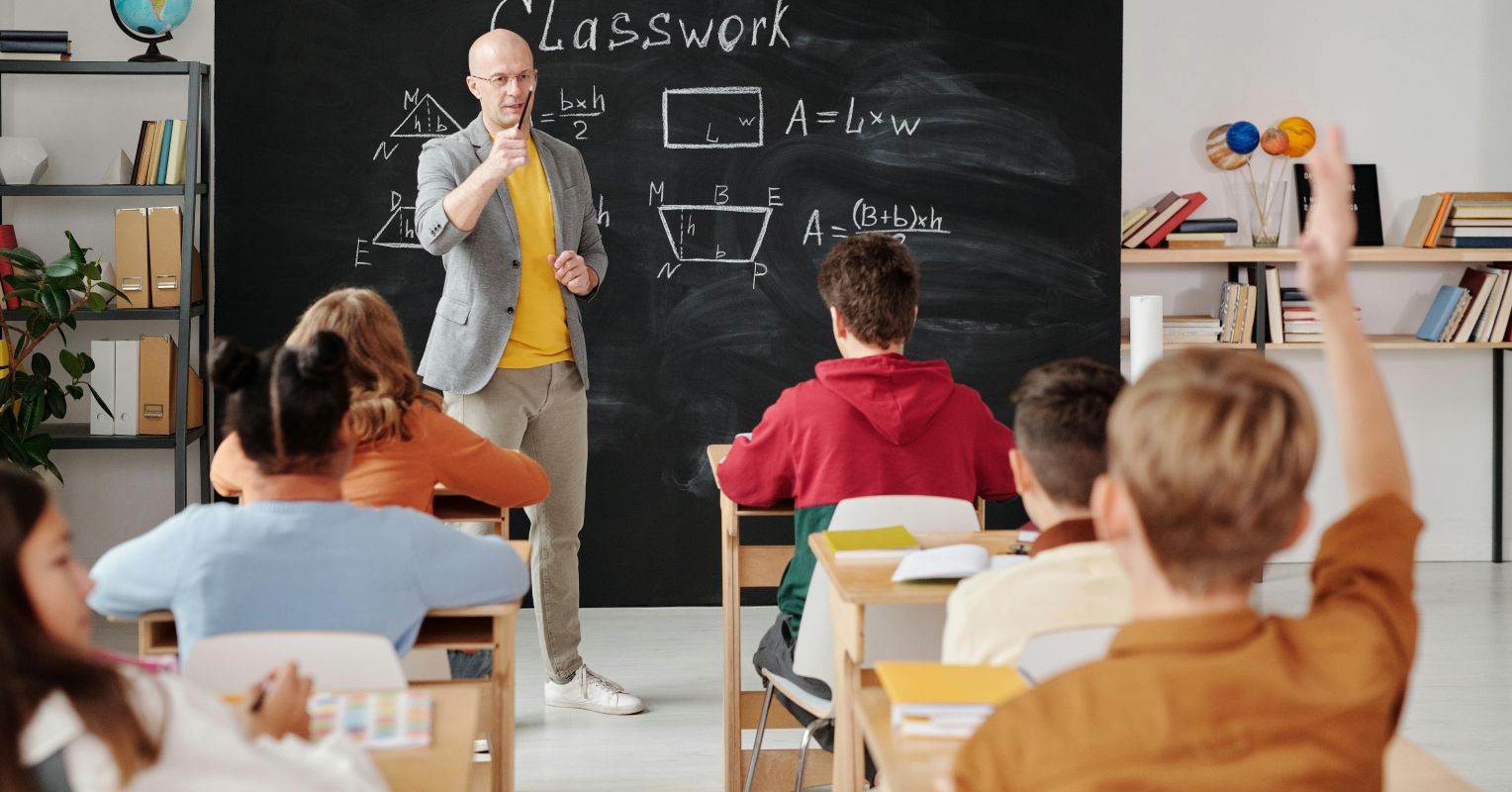
"Public role models can be athletes, artists, scientists, activists, or politicians. They model how to behave, rather than preach about it. Young people are more likely to emulate what they see modeled than to follow abstract advice. When I was little, my public role model was President John F. Kennedy. Of course, his philandering and womanizing weren't reported then, and I was too young to understand even if reporters had reported what they knew."
"I believe that those in the public spotlight are obligated to behave in ways worthy of emulation. They should consciously use their visibility to edify, rather than exploit or manipulate. They must model basic humanity and moral character, not just fame, and not just talents and skills. We want our children to be respectful, compassionate, truthful, and fair. Yet it is so difficult to find public figures who model those qualities."
Public role models include athletes, artists, scientists, activists, and politicians who demonstrate behavior more than they give abstract advice. Young people tend to emulate observed actions rather than follow verbal guidance. Role models need not be flawless; open acknowledgment of mistakes and corrective actions model resilience and integrity. Public figures should use visibility to edify rather than exploit, modeling basic humanity and moral character. Ordinary people must compensate for the scarcity of positive public exemplars by modeling respectful, compassionate, truthful, and fair behavior. Modeling helps children discover that humane conduct enhances their self-worth.
Read at Psychology Today
Unable to calculate read time
Collection
[
|
...
]